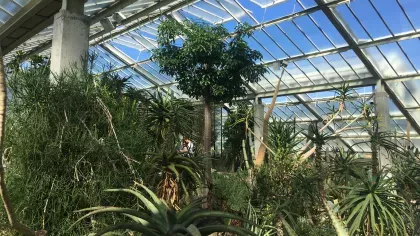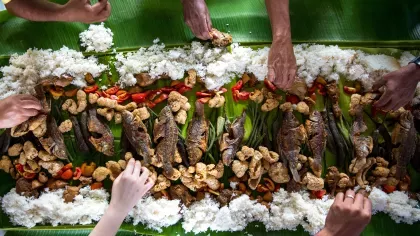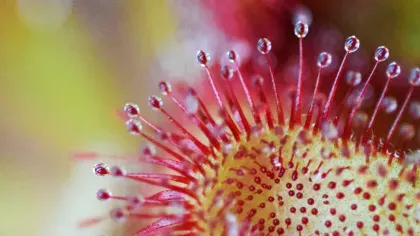16 January 2019
5 things you didn't know about coffee
There’s more to the story of our favourite morning brew than you might think.

The epic journey from plant to cup
Coffee is brought from plant to our cup via a complex process.
Coffee beans are technically seeds, found inside the glossy red berries that grow on the coffee plant.
Once ripe, the berries are harvested. On small-holder farms this is a time-consuming task, because the fruit doesn't ripen at the same time and must be picked by hand.
The berries are then processed and the seeds are dried, sorted by size, bagged for shipment, and exported.
Before making it to our coffee cups, the green beans are roasted which makes them the rich chocolatey brown colour we recognise.
They're roasted at temperatures ranging from 370 to 450°C for up to 20 minutes. During this time, they lose around a fifth of their weight, but increase in size.
Finally the roasted beans are bagged up and sold whole or ground, before being drunk for a delicious caffeine kick.
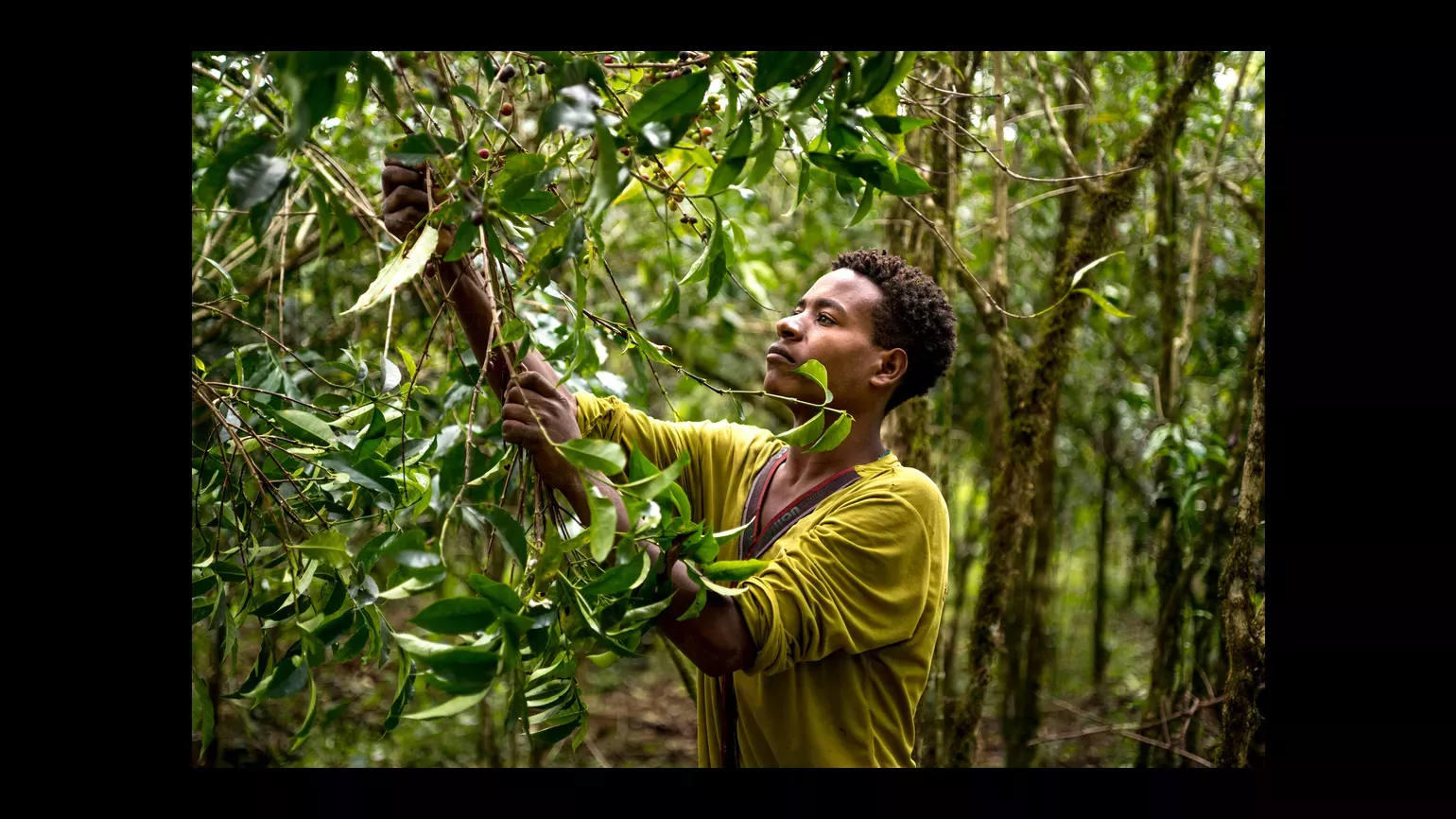
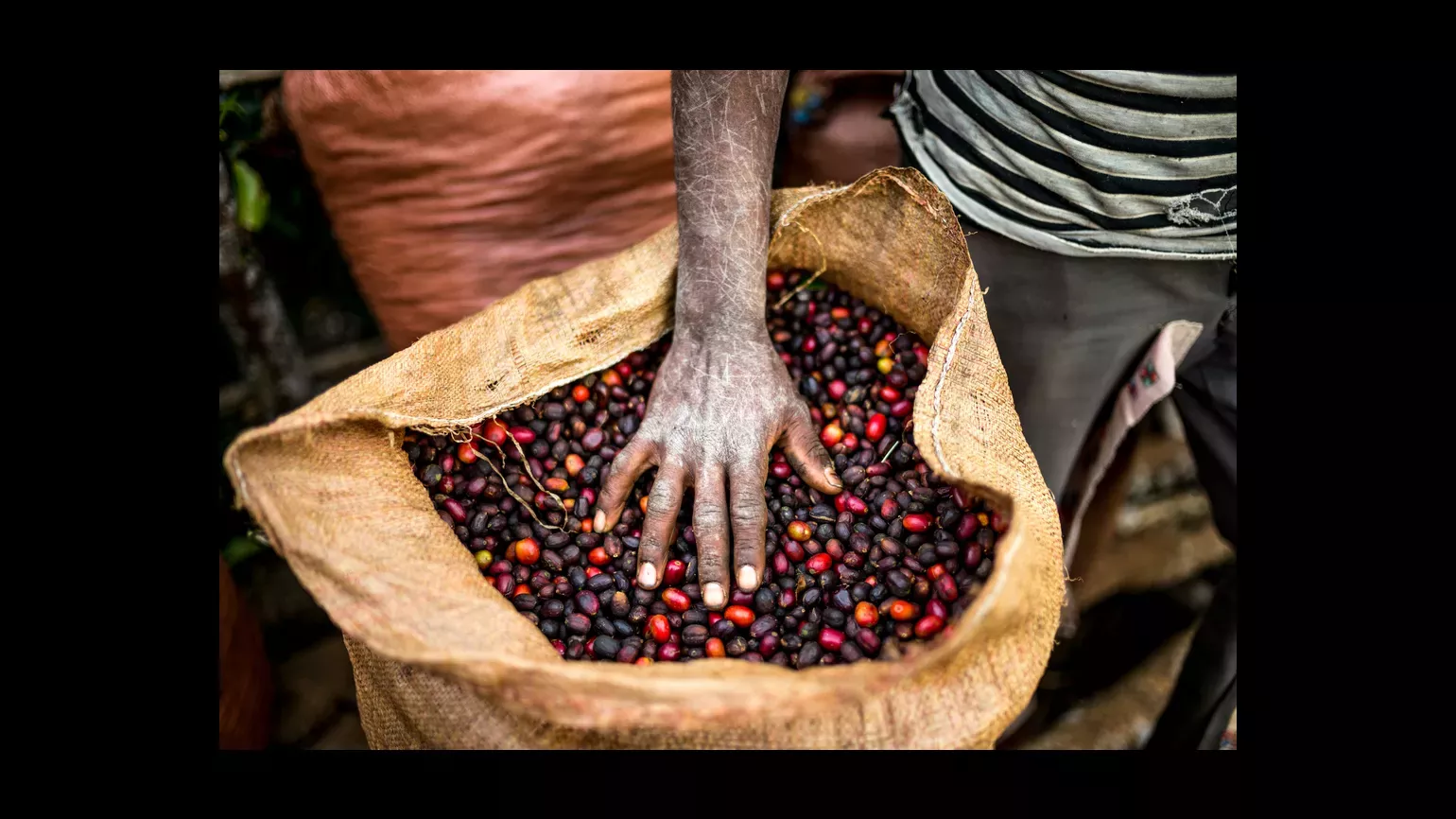
100 million people live on coffee
Across the world's tropical belt, around 100 million people depend on coffee for their livelihoods.
Ethiopia, for example, relies on coffee as a critical component of its economy. It's the home of Arabica coffee (Coffea arabica), where it grows naturally in leafy upland rainforests. 15 million people in Ethiopia work in coffee production, and its coffee exports have an average value of a huge $1 billion a year.
It's Africa's largest coffee exporter, and the country holds an important role in producing the coffee we enjoy at home.
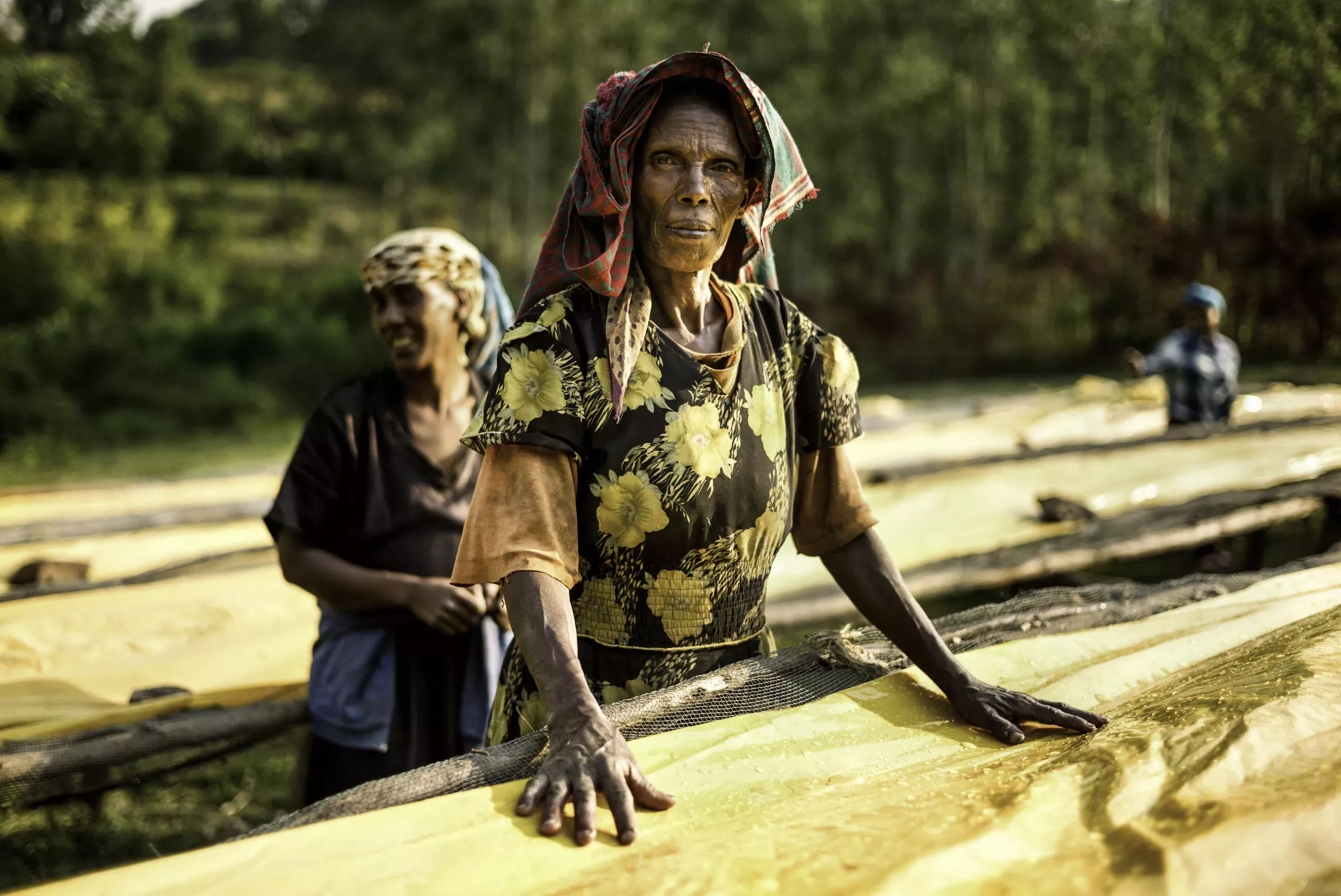
Coffee is under threat
There are 124 coffee species, growing wild in Africa, Madagascar, Asia and Australasia. We only consume two species of coffee, Arabica (Coffea arabica) and Robusta (C.canephora).
Kew scientists have placed 60% of wild coffee species on the official threatened species list (the IUCN Red List of Threatened Species). These species are suffering from deforestation, climate change, and the spread of pests and diseases.
This includes the world's most popular coffee, Coffea arabica, which is now classified as an endangered species.
Wild species need protection
It's important we protect wild coffee species from extinction, so that we can develop resilient sustainable coffee production in the future.
Although we only consume two species of coffee, there are another 122 species that grow across Africa, Madagascar, Asia and Australasia.
Some of these coffee species have not been seen in the wild for more than 100 years, and it's possible that some may already be extinct.
For example, until last year it was thought that the wild species Coffea stenophylla, otherwise known as the 'Highland Coffee of Sierra Leone', had been lost as it had not been seen in the wild for 50 years.
Fortunately, in December 2018, the lost coffee was rediscovered by Kew's Dr Aaron Davis and Prof Jeremy Haggar (University of Greenwich) on a dedicated mission to Sierra Leone. But this coffee plant is clinging onto a fragile existence, as the sites where it was found growing are threatened by deforestation.
Wild species such as this may be the key to sustainable coffee production in the future - but we need to act now to protect them. "Looking forward, we're likely to see other species being used to sustain production and that's what we're really focusing on here at Kew", says Dr Aaron Davis.
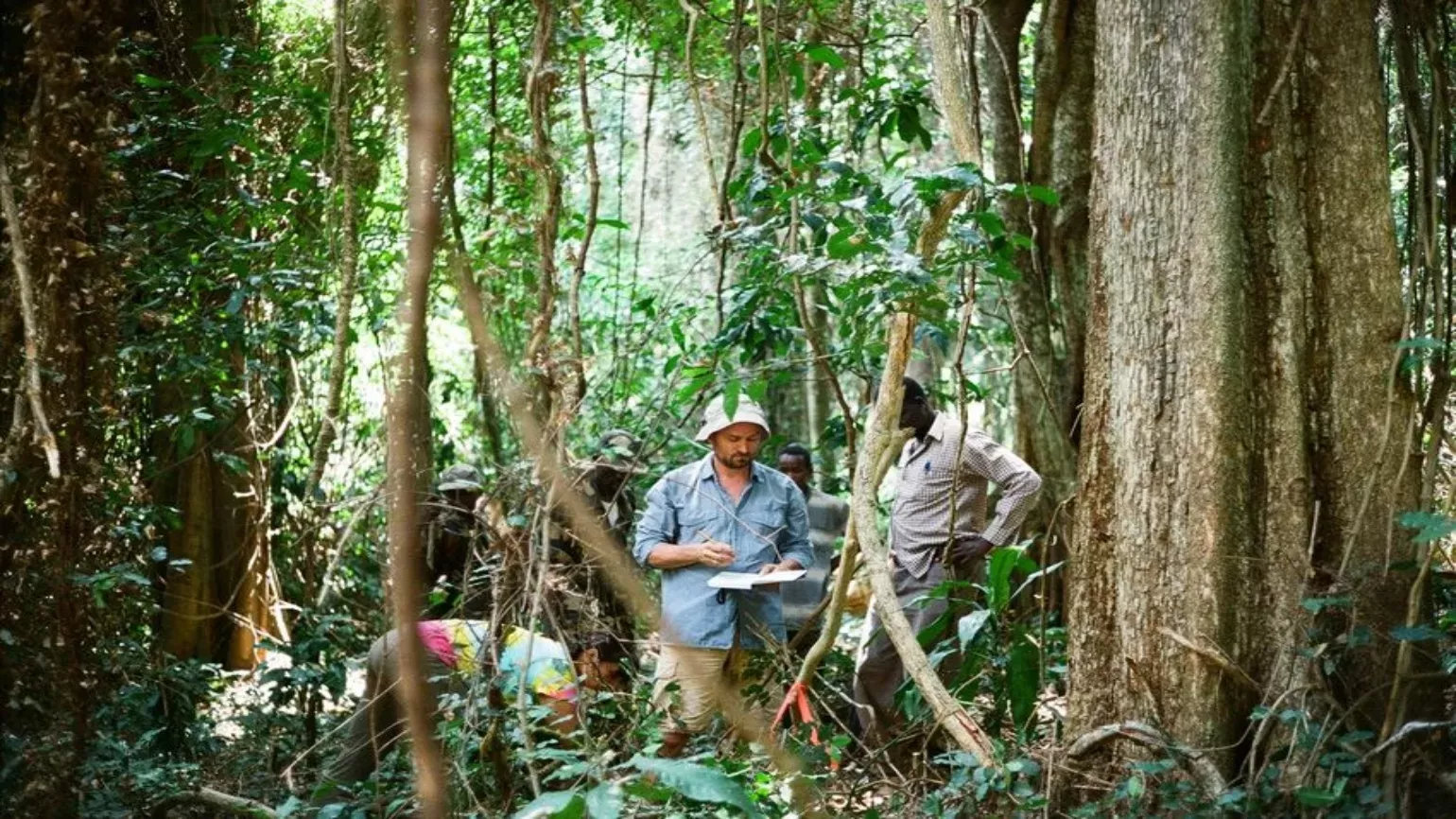
We can help to protect wild coffee species
Targeted action is urgently required in specific tropical countries, particulalrly in Africa, to protect the future of coffee.
Kew's research shows that intervention, such as assisted migration, forest preservation and regeneration, could make a substantial difference to the future of wild Arabica coffee in Ethiopia.
This would reduce the risk of extinction with long-term benefits for Ethiopian coffee farming, which is a critical component of Ethiopia's economy. In other parts of the world, specific actions are required to look after the world's other 123 coffee species.
Read more about Kew's latest coffee research in Science Advances and Global Change Biology.
Come and see an Arabica coffee plant for yourself in our beautiful Palm House.
Acknowledgements
This work was supported by the IUCN and Toyota Motor Corporation through the project “The IUCN Red List of Threatened Species and Toyota Motor Corporation” and is one of the products of the Global Coffee Assessment, undertaken by the Plant Assessment Unit (RBG, Kew). Fieldwork in Ethiopia was conducted under the project Building a Climate Resilient Coffee Economy for Ethiopia, within the Strategic Climate Institutions Programme (SCIP) Fund, financed by the governments of the United Kingdom (DFID), Denmark, and Norway. Fieldwork in Africa was supported by the Amar-Franses and Foster-Jenkins Trust and the Bentham-Moxon Trust.
References
The IUCN Red List - to view the assessments mentioned, search Coffea.
